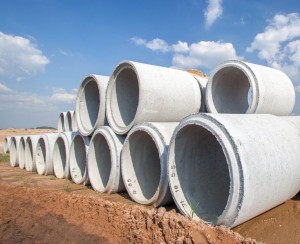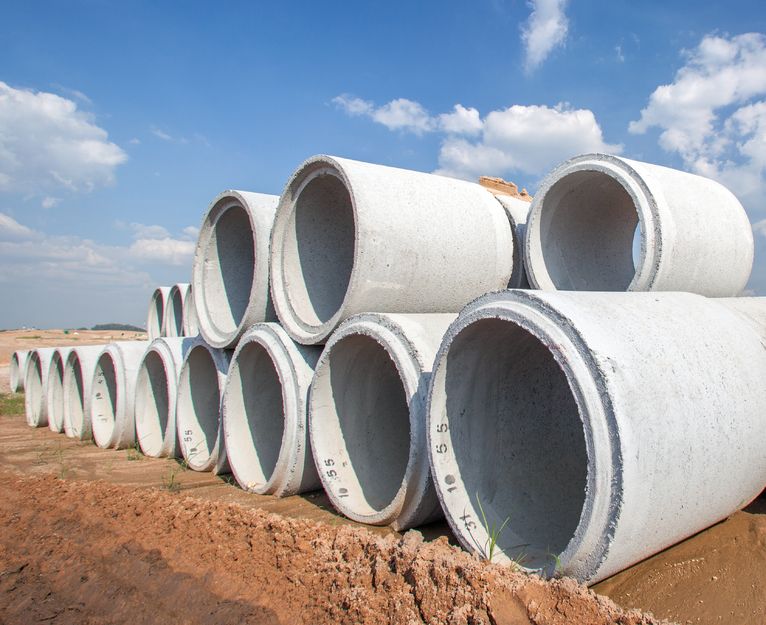Material selection in structural engineering: Balancing strength and sustainability
 In structural engineering, the selection of materials plays a crucial role in ensuring the durability, safety, and sustainability of buildings and infrastructure. Traditionally, the primary focus has been on strength and performance, but as the world grapples with environmental challenges, the need for sustainable materials has become increasingly important. This blog post explores the significance of material selection in structural engineering, with a specific emphasis on balancing strength and sustainability.
In structural engineering, the selection of materials plays a crucial role in ensuring the durability, safety, and sustainability of buildings and infrastructure. Traditionally, the primary focus has been on strength and performance, but as the world grapples with environmental challenges, the need for sustainable materials has become increasingly important. This blog post explores the significance of material selection in structural engineering, with a specific emphasis on balancing strength and sustainability.
Understanding material selection
Material selection in structural engineering involves choosing the most suitable materials for a given project based on factors such as design requirements, load capacity, environmental impact, and cost-effectiveness. It requires a careful evaluation of various materials, including metals, concrete, timber, and composites, to identify the most appropriate option that optimizes both strength and sustainability.
Balancing strength and performance
Strength is a fundamental quality that all structural materials must possess to ensure the safety and reliability of buildings and infrastructure. Strong materials such as steel and reinforced concrete are essential for supporting heavy loads and withstanding external forces, such as wind and earthquakes. However, strength alone is insufficient when considering the long-term impact on the environment and the depletion of resources.
Sustainability: Environmental considerations
As the world becomes more environmentally conscious, the construction industry is being challenged to adopt more sustainable practices. Sustainable material selection aims to minimize the carbon footprint, reduce waste, and preserve natural resources. By incorporating environmentally friendly materials into structural engineering projects, we can contribute to a greener and more sustainable future.
Critical considerations for sustainable material selection
Life cycle assessment: Evaluating the environmental impact of materials throughout their entire life cycle is critical. This involves assessing factors such as raw material extraction, manufacturing processes, transportation, installation, use, maintenance, and disposal. Opting for materials with low embodied energy and recyclability helps reduce the overall environmental footprint.
Renewable resources: Utilizing materials derived from renewable resources, such as sustainably harvested timber or bio-based composites, helps reduce reliance on non-renewable resources. These materials provide a viable and eco-friendly alternative without compromising strength and performance.
Energy efficiency: Choosing materials that contribute to energy-efficient buildings is crucial. Insulating materials, for example, can improve the energy performance of structures, reducing the need for heating and cooling and minimizing energy consumption over time.
Waste reduction: Opting for materials with minimal waste generation during manufacturing and construction processes is essential. Recycled and reclaimed materials are attractive options as they divert waste from landfills and provide a second life to existing resources.
Let’s talk about some of the typical materials used in structural engineering and how they balance strength and sustainability.
Concrete: From traditional to green
Concrete, a staple of structural engineering, exemplifies the balance of strength and sustainability. Traditional concrete, though robust, has a substantial environmental footprint due to its high carbon emissions during production. Enter green concrete, a sustainable alternative that integrates recycled materials, reduces cement content, and employs lower-carbon additives. This innovation maintains strength and diminishes the environmental toll, exemplifying the art of striking equilibrium.
Timber: Nature’s gift reimagined
The resurgence of timber as a structural material echoes the sustainability imperative. Engineered timber, such as cross-laminated timber (CLT) and glue-laminated timber (glulam), marries strength with sustainability. Wood’s renewable nature, combined with advanced manufacturing techniques, yields materials that are not only robust but also possess an astonishingly low carbon footprint. Structures like the T3 building in Minneapolis are living proof of timber’s potential in reconciling strength and sustainability.
High-performance steel: Meeting challenges head-on
Steel, a staple of modern construction, has undergone a transformative journey toward sustainability. High-performance steel, characterized by its exceptional strength and ductility, is engineered to be lighter and requires less material. This translates into reduced energy consumption during manufacturing and transportation, aligning with the call for sustainable practices in structural engineering. This evolution reflects the industry’s commitment to pushing boundaries without compromising ecological responsibility.
Innovations in composite materials
Composite materials, a blend of various constituents, have emerged as champions of strength and sustainability. Fiber-reinforced polymers (FRPs) are one such example, offering exceptional tensile strength while being lightweight and corrosion-resistant. FRPs extend the lifespan of structures and reduce maintenance requirements, contributing to the overarching goal of sustainable engineering
Here at McNeil Engineering, we try to incorporate sustainable practices into our material selection process as much as possible. Our focus on economic and sustainable design solutions ensures that we provide clients and communities with environmentally responsible structures that stand the test of time.
If you are seeking a trusted partner for your next structural engineering project, McNeil Engineering is ready to assist. Our comprehensive range of services and dedication to sustainable design make us a reliable choice. Contact us today to learn more about McNeil Engineering and our commitment to balancing strength and sustainability.
Material selection in structural engineering is critical to creating safe, durable, and sustainable structures. By carefully considering the balance between strength and sustainability, we can contribute to a greener and more resilient built environment. Together, we can build a future where strength and sustainability go hand in hand, creating structures that withstand the test of time while minimizing their environmental impact.

